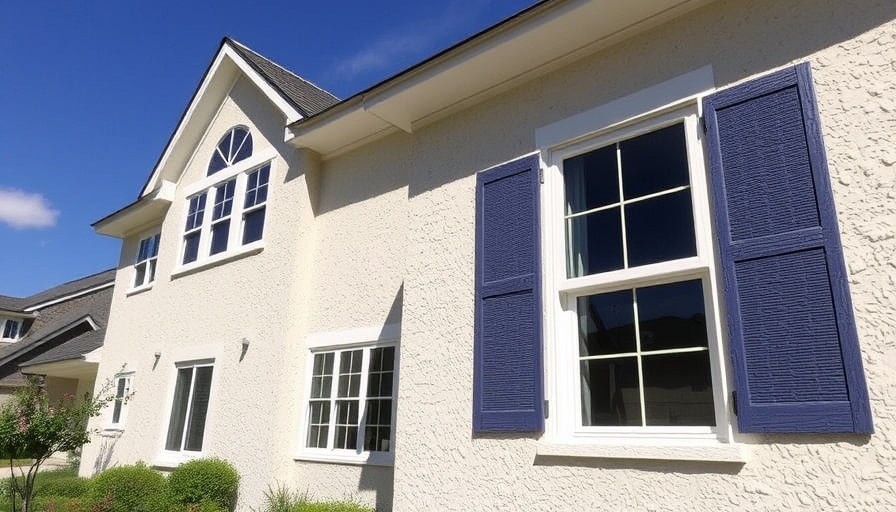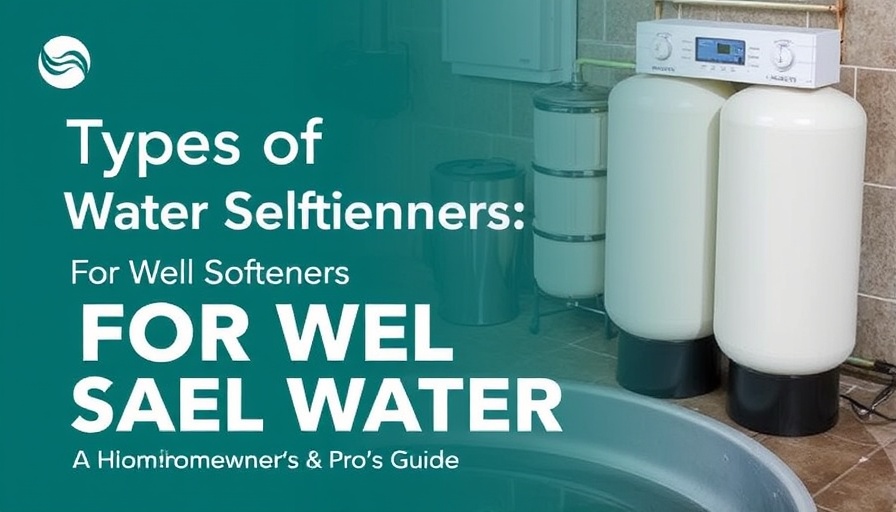
The Enduring Appeal of Stucco Exterior Siding
Stucco exterior siding has remained a timeless choice for homeowners due to its durability, aesthetic appeal, and low maintenance requirements. Formulated from a mixture of cement, sand, water, and lime, stucco offers a unique solution to modern construction challenges, particularly in regions like London where weather conditions can be variable and damp.
Understanding the Basics of Stucco
Stucco is primarily known for its ability to create a seamless and unified look on building exteriors. It comes in several types, including traditional three-coat stucco and the more modern synthetic types that can incorporate additives for increased flexibility and durability. As homeowners consider stucco for their renovations or new builds, it’s essential to understand these various types to choose the best fit for their specific needs.
Weighing the Pros and Cons of Stucco
Like any material, stucco has both advantages and disadvantages. The benefits include:
- Durability: Stucco can withstand the elements much longer than many other siding materials, making it a sound investment.
- Fire Resistance: Given its composition, stucco is inherently fire-resistant, protecting homes in communities that may be at risk of wildfires.
- Energy Efficiency: When properly installed with an insulation layer, stucco can improve a home’s energy efficiency, reducing heating and cooling costs.
On the other hand, potential drawbacks are:
- Cracking: If not installed correctly or if the building settles, stucco can crack over time, requiring repairs.
- Moisture Issues: Stucco needs correct installation and maintenance to prevent water infiltration, which can lead to mold growth.
Installation Insights for Longevity
The installation of stucco is a crucial step that should not be overlooked. Proper application involves multiple layers, from the scratch coat to the finish coat. Each layer must dry adequately before the next is applied. Eco-conscious homeowners might consider using sustainable insulation materials behind the stucco to maximize energy efficiency.
Maintenance and Repair Tips
Regular maintenance can extend the lifespan of stucco siding. Homeowners should inspect their stucco annually for cracks or signs of moisture damage and address any issues promptly. Power washing can help keep the surface looking fresh, and applying a high-quality sealant will help protect against moisture.
Environmental Implications of Stucco
Stucco siding boasts a relatively low environmental footprint compared to other siding materials when produced with sustainable practices. It's mostly mineral-based, which offers a more eco-friendly alternative when sourced responsibly. Additionally, it can contribute to LEED credits under various building certification programs.
The Future of Stucco: Sustainable Trends
As the construction industry shifts towards sustainability, stucco is adapting. New formulations may include recycled materials, and techniques for minimizing waste during production and application are on the rise. Homeowners interested in making a sustainable choice should seek products that promote eco-friendliness and certification labels that confirm their ecological impact.
Final Thoughts: Is Stucco Right for You?
Ultimately, stucco represents a fusion of tradition and innovation, making it a popular choice among homeowners. Its potential for energy efficiency, coupled with aesthetic versatility and durability, speaks to a growing market that values both form and function.
As you consider your own project, think about your local climate, personal preferences, and budget. With the right knowledge and professional guidance, you can make informed decisions that benefit both your home and the environment.
For more insights on sustainable design solutions for your home, reach out to local eco-home consultancy services to guide you through your renovation journey.
 Add Row
Add Row  Add
Add 




Write A Comment